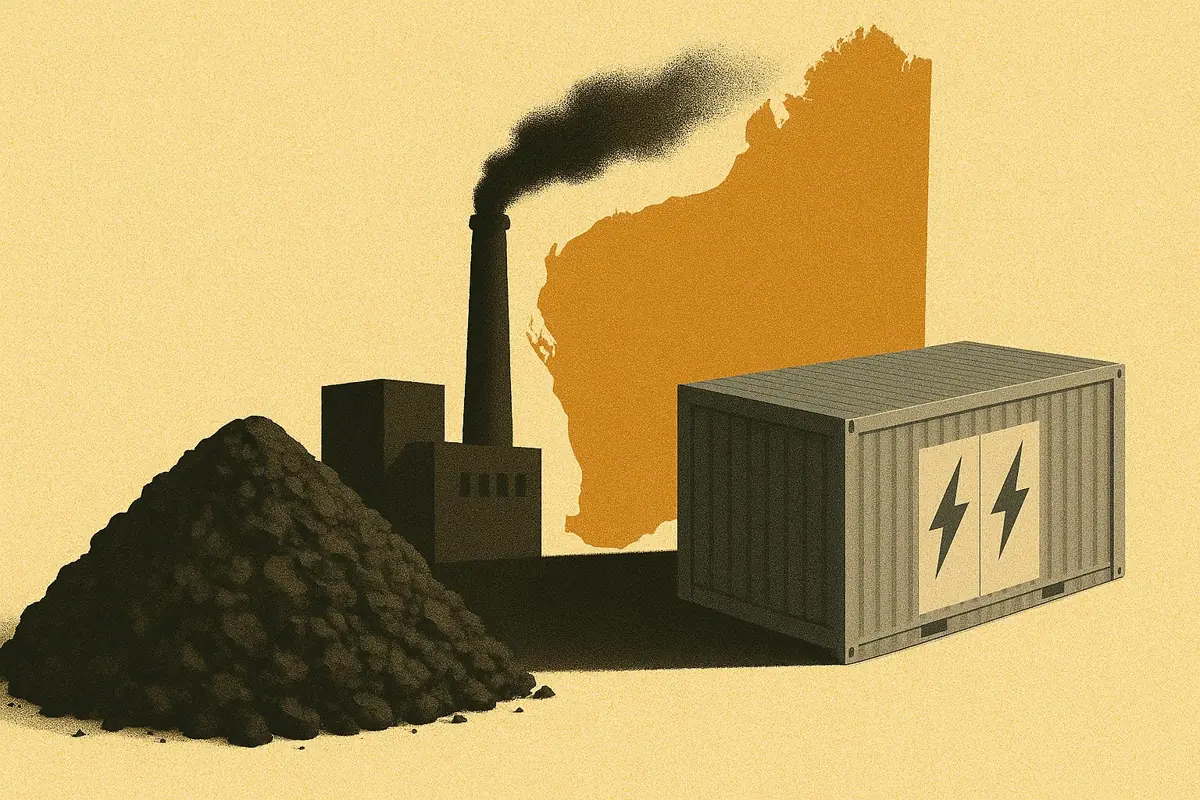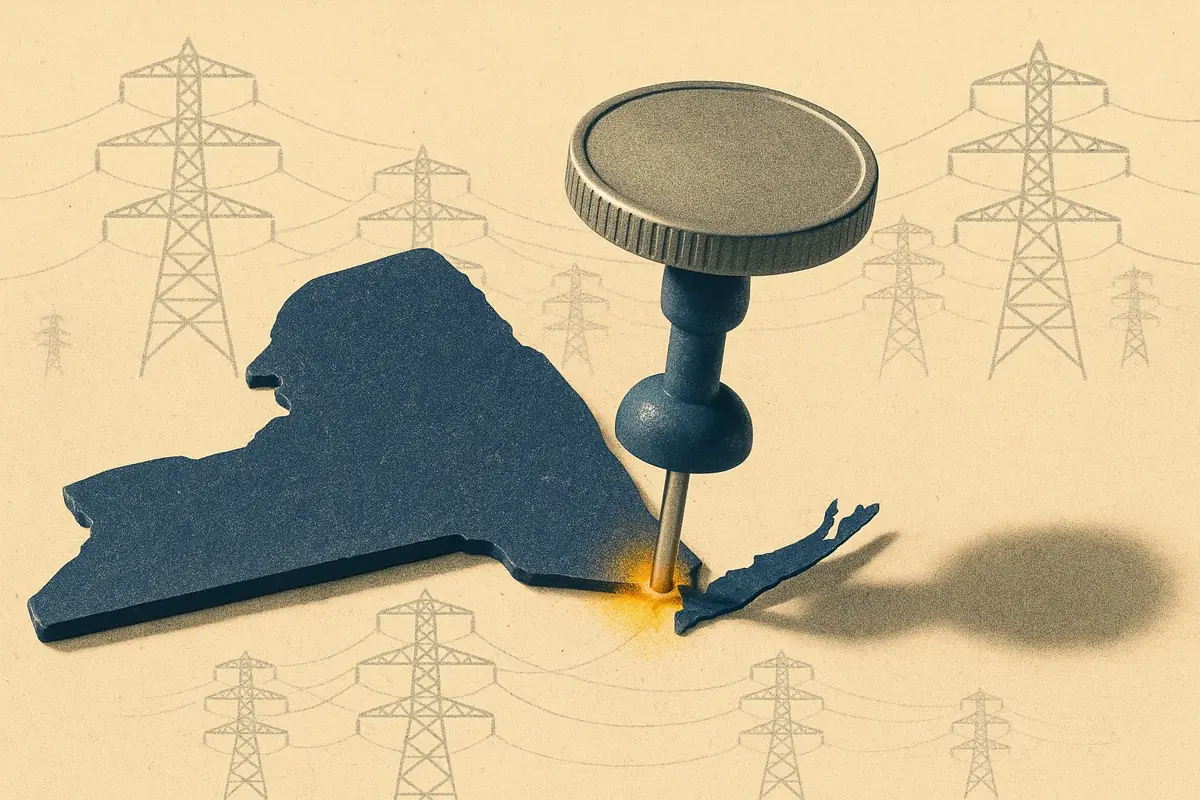The Balancing Mechanism seems like it should be an ideal market for battery energy storage - batteries can turn up and down very, very quickly.
But, to date, takeup has been slow - revenues from the Balancing Mechanism make up a tiny fraction of overall battery revenues.

This is partly because batteries were happy to provide frequency response at high prices for a long time. But, with frequency response markets saturated and prices lower than ever, could the Balancing Mechanism become a more integral part of the revenue stack?
Frequency response markets hit saturation point in October 2022. So, how has battery energy storage activity in the Balancing Mechanism changed since?
Are batteries available in the Balancing Mechanism?
It may sound obvious, but a battery can only be dispatched in the Balancing Mechanism if it is available to do so. You might assume that total availability of the fleet would grow in line with the total capacity of the GB battery energy storage fleet - but this isn’t the case.

But what do we mean by “available”? Really, we mean two things:
- That the battery has available capacity to be turned up or down - according to its Maximum Export Limit and Maximum Import Limit (often referred to as MEL/MIL data). This data allows us to see exactly what proportion of a battery’s capacity can be called upon in the Balancing Mechanism.
- And that the battery hasn’t priced itself out of the market. (A battery can flag its unavailability by pricing its Bids and/or Offers at £9,999.)
So, exactly how available are batteries?

- Prior to Dynamic Containment requirements dropping in November 2021, batteries largely used the Balancing Mechanism as a way to charge relatively cheaply.
- November 2021 saw a step-change in battery energy storage behavior in the Balancing Mechanism. Offer availability increased ten times - as assets saw an opportunity to earn revenues by turning up.
- Following saturation in frequency response services, Offer availability has increased even more. Batteries are now more available than ever to turn up in the Balancing Mechanism - in the face of lower revenues elsewhere.
- Bid availability (to turn down) has also increased - but is still lower than it was throughout much of 2021.
Which batteries are most available in the Balancing Mechanism?
So, we’ve seen the overall availability of batteries. But which specific assets have been most available since Dynamic Containment saturated in October 2022?

- Two Habitat-operated assets, Red Scar and Roundpounds, are the most available batteries for actions in the Balancing Mechanism.
- Nine batteries have provided zero availability for Balancing Mechanism dispatches since October 2022.
In fact, Red Scar and Roundponds have been the most available batteries in almost every month since January 2021.

So, how much are batteries actually being used?
In line with a greater overall capacity and higher availability levels, the last five months have seen more battery energy storage dispatched in the Balancing Mechanism than ever - including a big jump since November 2022.

- There have been 23 GWh of battery energy storage dispatches since December 2022. This is equal to the total volume from the preceding 16 months!
- It was thought that the increase in January might be a one-off - read more here. However, volumes of dispatches in March and April were high, beating the records previously seen in 2020.
So, given the increase in capacity, is this actually a sign of any improvement for batteries? If we take these volumes as a proportion of availability levels, the new rate of dispatches isn’t really an improvement on historical levels at all.

- Battery energy storage dispatch levels are higher than those seen across most of 2022 - but this is simply a return to the levels of dispatches seen in Winter 2021.
- For every MW per day offered into the Balancing Mechanism, batteries should expect around 0.4 MWh to be dispatched (in both directions). This would be equivalent to 0.4 cycles/day for a one-hour battery.
- Throughout much of 2022, this number was actually below 0.1. The recent increase highlights how low dispatches for battery storage really were for much of last year.
Which batteries are getting dispatched most in the Balancing Mechanism?
So, which battery energy storage assets actually get dispatched most?

- The top six systems account for 41% of the availability-adjusted dispatches for the fleet.
- The five lowest systems have extremely low availability. This likely accounts for them receiving very low volumes of dispatches.
What causes differences in dispatch rate?
While dispatch volumes generally scale with how available assets are, some systems are getting more (or fewer) dispatches than may be expected.

- Some systems, such as Whitelee and Burwell, have received more dispatches than expected for their level of availability. This could be based on their location. Burwell has received dispatches at a rate twice the fleet average.
- Systems averaging less than 15% availability tend to receive significantly fewer dispatches than expected. This indicates that reaching a certain level of Balancing Mechanism availability will improve dispatch likelihood.
- However, this does not always help. Mannington and Contego receive half the volume of offers they might expect despite high availability.
Download the data behind this chart here.
Key takeaways
- In general, the availability of batteries for dispatches has increased since the saturation of Dynamic Containment. Batteries are spending less time contracted for frequency response - and are looking for revenues elsewhere.
- Despite a significant jump in dispatch volumes for batteries since December, this isn’t necessarily a sign of any real improvements. The availability-adjusted dispatch rate has only bounced back to the levels seen in Winter 2021/22.
- Dispatches are not evenly distributed - even accounting for differences in availability. Some systems receive significantly more dispatches than others. This is likely a sign of the importance of location in the Balancing Mechanism.
The industry has been concerned about the lack of Balancing Mechanism activity for battery energy storage. Many (including us) are keenly awaiting control room improvements - due at the end of the year - to encourage an increase in battery dispatches.







